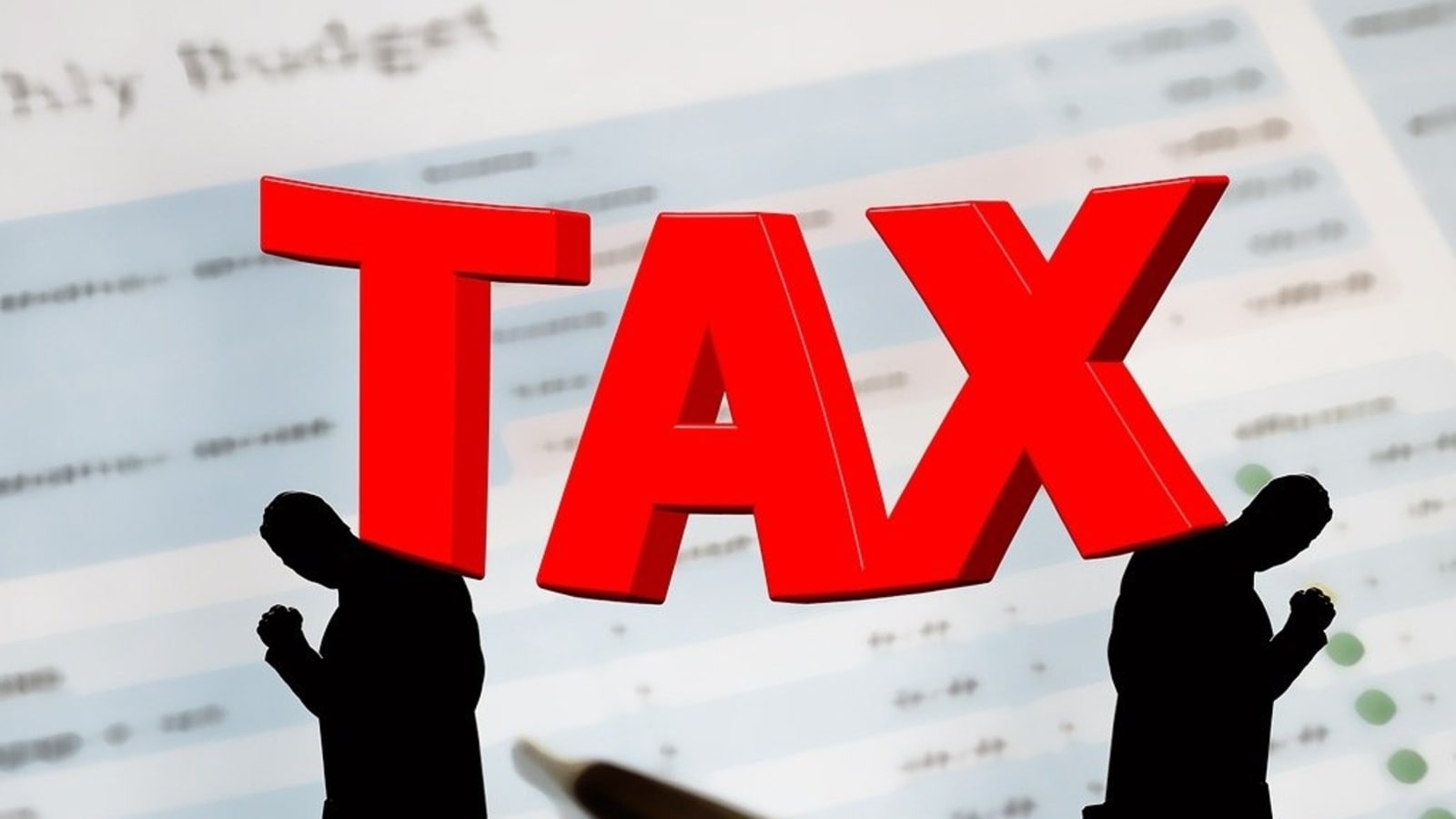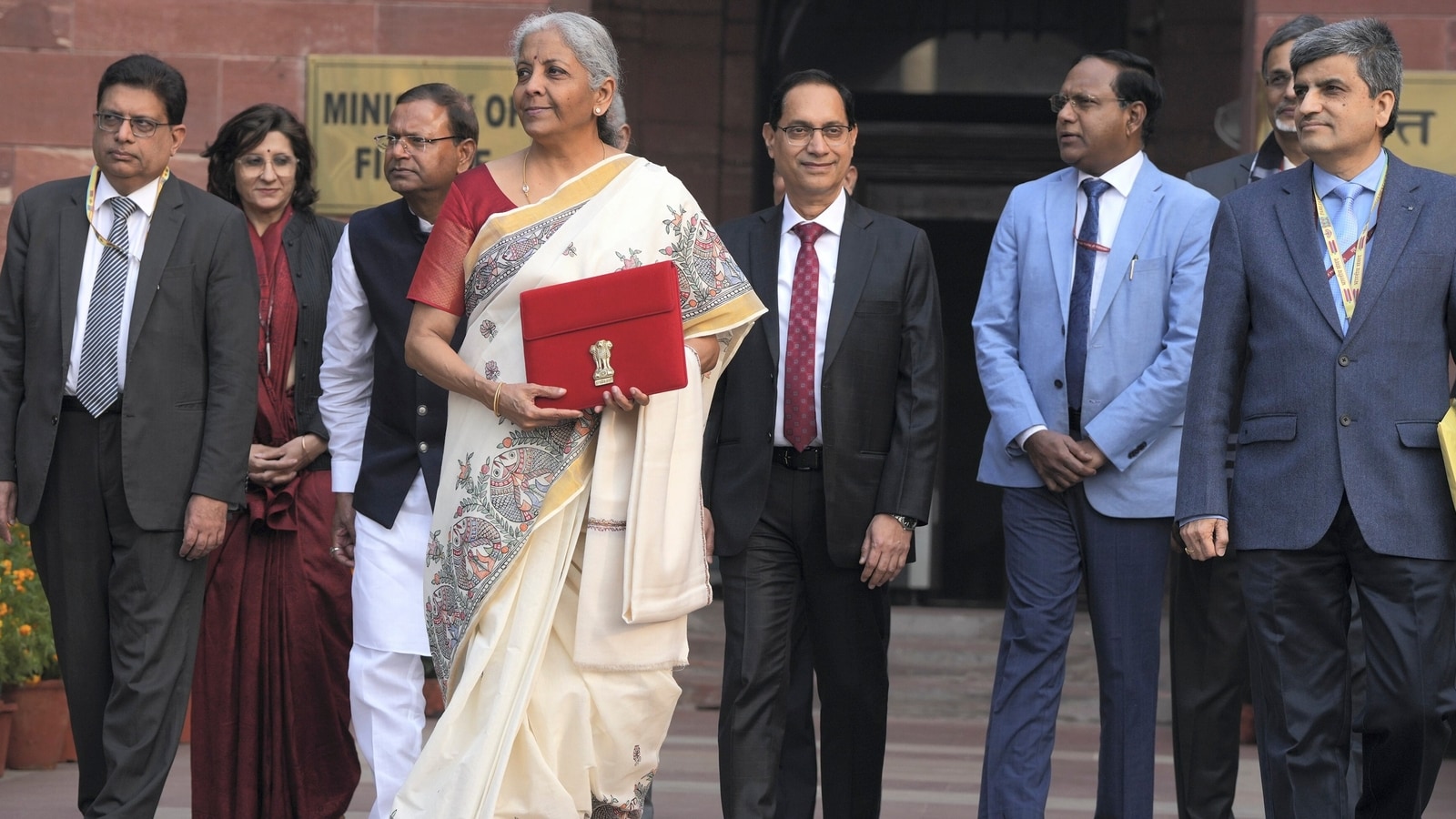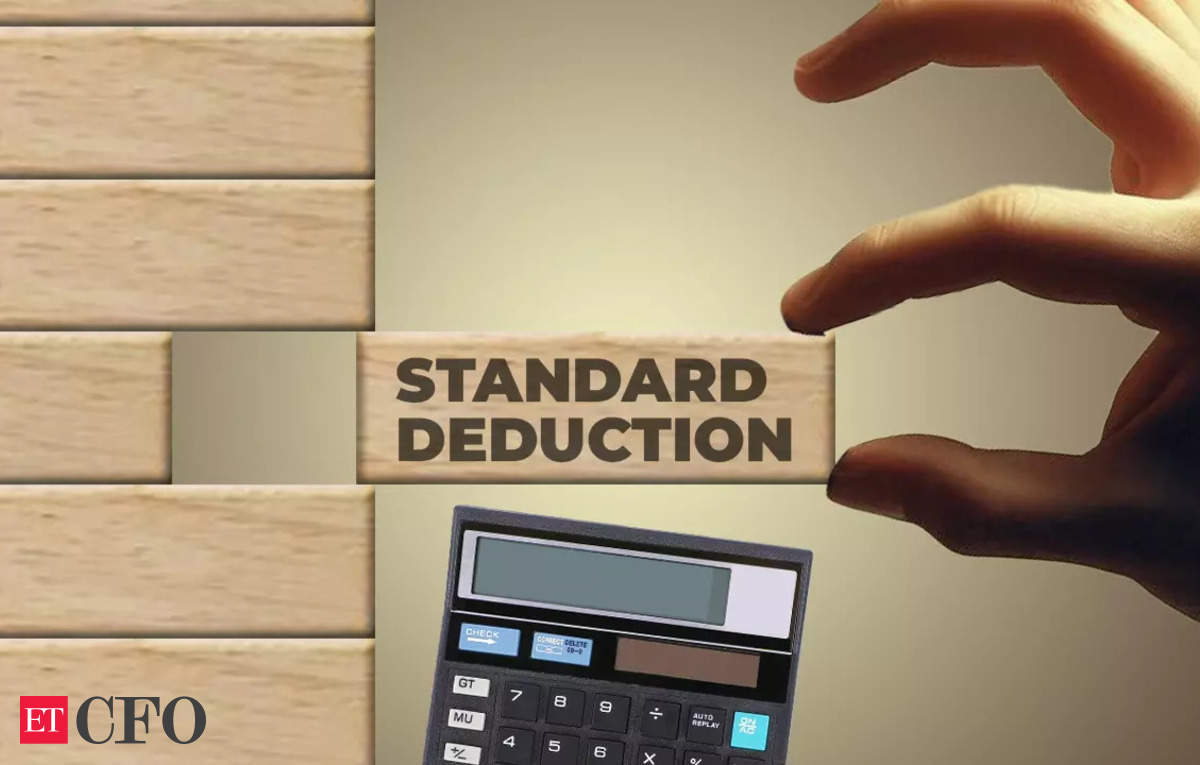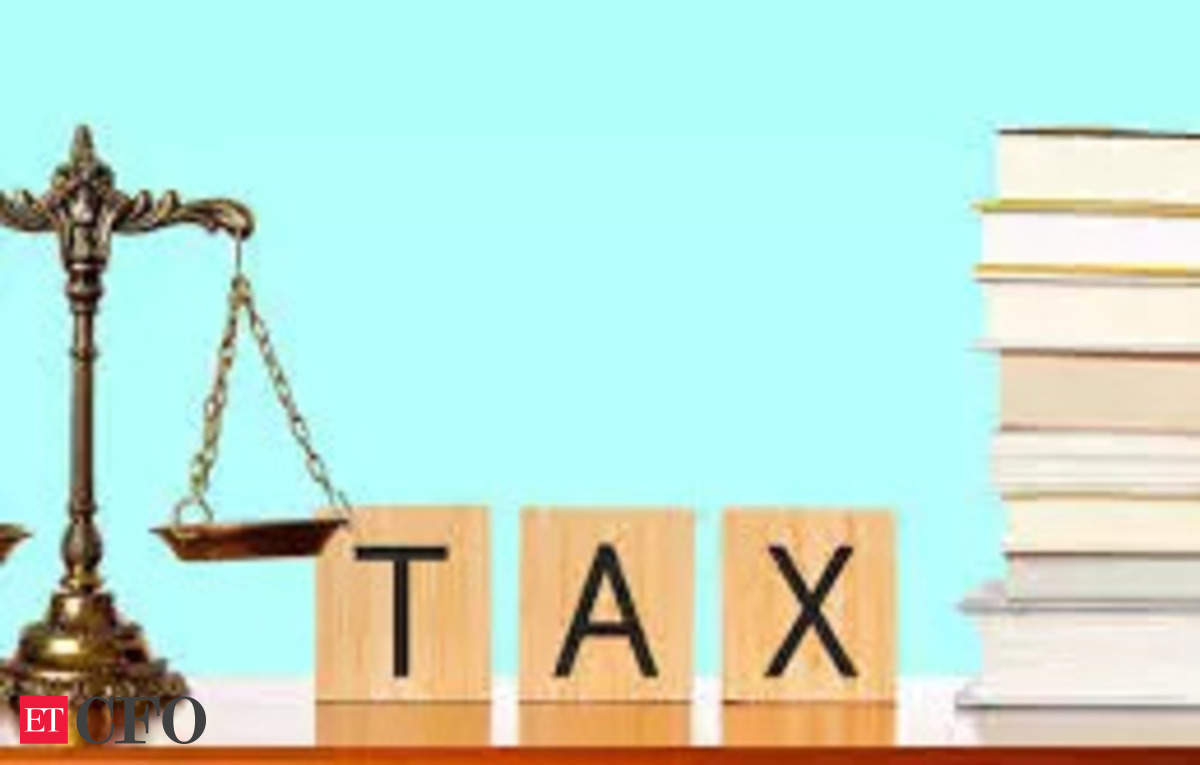Section 197 of the Income Tax Act, 1961 provides for the facility of NIL deduction of tax at source or at a deduction at a Lower rate of tax. To avail of this benefit the assessee whose TDS is likely to be deducted on certain receipts should make an application before the TDS Assessing Officer who has a jurisdiction over his/ her/ its case. The assessee/ deductee concerned may apply for a certificate for Nil or lower deduction of TDS on their receipts in Form No 13 . Delays in this matter can be avoided by filing the prescribed form correctly and submitting the required details along with the form itself.
Guidelines for handling issues related to applications received u/s 197: In order to streamline the procedure of handling the applications received u/s 197 and disposing the same in a time bound manner in consonance with the Citizens’ charter, the commissioner of Income tax (TDS) has issued certain guidelines for the Assessing Officers. In a nutshell, these guidelines make it mandatory for the Assessing Officer to dispose of the applications u/s 197 within a time frame of 30 days from the end of the month in which application complete in ALL respect is received. The section 197 strikes a delicate balance between requirement of ensuring cash flow to the taxpayer and realizing government dues at the earliest. Taxpayers are, therefore, advised to file complete details required for processing the application in the first instance itself. This will expedite the issuance of certificate u/s 197.
Understanding Lower Deduction Certificate (LDC) of TDS:
A Lower Deduction Certificate (LDC) is an official document issued by the Income Tax Department that allows taxpayers to avail themselves of reduced TDS rates or exemption from TDS on specific incomes. This certificate serves as evidence of the taxpayer’s eligibility for lower deduction or exemption from TDS deductions at source.
Significance of Lower Deduction Certificate:
- Tax Savings: LDC enables taxpayers to reduce their tax liability by availing lower TDS rates, thereby preserving liquidity and optimizing cash flow.
- Compliance Relief: It ensures compliance with tax regulations while providing relief from the burden of excessive TDS deductions.
- Facilitates Financial Planning: By providing clarity on the applicable TDS rates, LDC enables taxpayers to plan their finances effectively.
Eligibility Criteria for Lower Deduction Certificate:
If you are eligible for lower or NIL or lower TDS (Tax Deducted at Source) under Income Tax Act, filing for the certificate will be much easier as the Income Tax Department has finalised the e-procedure for the process.
An assessee must complete Form 13 to get a NIL or lower TDS certificate under section 197. Such a certificate is issued if the assessee’s estimated tax liability justifies no deduction tax or deduction of tax at a lower rate. The certificate can be obtained concerning incomes such as Salaries, Interest on Securities, Dividend, Interest other than interest on securities, rent, fees for professionals or technical services, payment of compensation on compulsory acquisition of immovable property, among others.
According to a notification by the Directorate of Income-tax (Systems), first, one will need to register with PAN (Permanent Account Number) at TRACES (www.tdscpc.gov.in) website. After login, one can submit Form 13 and Annexure with supporting documents using either Digital Signature, Electronic Verification Code, Aadhar-based Authentication, or Mobile OTP. NRIs can submit the form with the help of a digital signature only.
For applications filed in Delhi, Mumbai, Chennai, Kolkata, Bangalore, Hyderabad, Ahmedabad and Pune, cases where revenue forgone exceeds a sum of ₹50 Lakh, the applications shall be assigned to the DCIT/ ACIT exercising jurisdiction over TDS matters, and in other cases, the applications shall be assigned to the jurisdictional ITO. For applications filed in remaining cities/towns/jurisdictions, the application where revenue foregone exceeds a sum of ₹10 Lakh, application shall be assigned to the DCIT/ ACIT exercising jurisdiction over TDS matters, and in other cases, the applications shall be assigned to the ITO exercising jurisdiction over TDS matters.
The officer will determine existing and estimated liability based on parameters such as tax payable on the estimated income of the previous, tax payable of the last three years, existing liability and advance tax payment. Also, the assessees should fill in the condition of filing income tax returns during the last four previous years. Based on all these, AO can decide whether to issue the certificate or not. Certificates will be issued for a certain period.
The certificate for lower or NIL deduction of tax will be issued directly to the person responsible for deducting the tax, with advice to the person who applied for the issue of such certificate. However, if suppose the number of persons responsible for deducting the tax is likely to exceed 100, and the details of such persons are not available to the person making such an application. In that case, the certificate may be issued to the applicant, authorising him to receive income after deduction of tax at a lower rate.
Application Process for Lower Deduction Certificate:
The process for obtaining a Lower Deduction Certificate of TDS involves the following steps:
- Application Submission: Taxpayers are required to submit Form 13 (Application for a Certificate Under Section 197/206C(9) of the Income-tax Act, 1961) to the relevant jurisdictional Assessing Officer.
- Document Verification: The Assessing Officer scrutinizes the application along with supporting documents to ascertain the taxpayer’s eligibility for LDC.
- Issuance of Certificate: Upon successful verification, the Income Tax Department issues the Lower Deduction Certificate specifying the reduced TDS rates or exemption from TDS as applicable.
- Renewal/Revision: In case of any changes in circumstances or expiration of the validity period, taxpayers may apply for the renewal or revision of the LDC.
Recently Form 15E and Form 13 is made available at Traces for FY 2024-25 also


Implications and Compliance Requirements:
- Compliance Obligations: Taxpayers must adhere to the conditions specified in the Lower Deduction Certificate and comply with reporting requirements as prescribed by the Income Tax Department.
- Validity Period: LDCs are typically issued for a specified period, and taxpayers must ensure timely renewal or revision to avoid any disruptions in TDS deduction rates.
- Record Maintenance: It is essential for taxpayers to maintain proper records of the Lower Deduction Certificate and related correspondence for audit and compliance purposes.
Understanding Form 15E:
This is Certificate under section 195(3) of the Income-tax Act, 1961, authorising receipt of interest and other sums without sums without deduction of tax.
CBDT Notifies Form 15E and Rule 29BA to determine Income for TDS on Payment to Non-residents under Section 195 of the Income Tax Act.
- A new rule, Rule 29BA has been inserted under Income-tax Rules concerning an application for grant of certificate for determination of the appropriate proportion of sum (other than Salary), payable to a non-resident, chargeable in case of the recipients.
- ‘FORM No. 15E’ has been inserted for furnishing the application to Assessing Officer (AO) under Rule 29BA read with Section 195.
- The New Rule 29BA and Form No. 15E will come into force with effect from April 1, 2021.
Section 195(2) of the Income Tax Act
Section 195(2) of the Income Tax Act specifies the procedure to provide for filing online applications for a lower or nil TDS certificate. A non-resident can apply online in electronic form for a lower or nil
certificate under section 195 from the sum payable to a non-resident.
- Section 195(2) of the act empowers the CBDT to prescribe the form and manner in which online application can be made to the Assessing Officer to determine the appropriate proportion of sum chargeable to tax on which tax is required to be deducted by the deductor.
- Once such sum or income is determined after the application is filed online in the prescribed form, the tax shall be deducted under section 195(1) only on that proportion of the sum which is chargeable to tax
New Rule 29BA of Income Tax Rules
The new Rule 29BA of Income-tax (5th Amendment) Rules, 2021 deals with the application for grant of certificate for determination of appropriate proportion (other than salary), payable to a non-resident, chargeable in case of the recipients.
A new Rule 29BA is inserted in the Income Tax Rules to provide for filing of online application for grant of certificate for determination of the appropriate proportion of sum (other than Salary), payable to a non-resident, chargeable to tax.
New Form 15E
An application for determination of the appropriate proportion of sum chargeable is to be made in new Form 15E electronically. It can be either under digital signature; or through electronic verification code.
Examination of Application by Taxpayer
The Assessing Officer (AO) will examine whether the sum being paid or credited is chargeable to tax under the provisions of the Income Tax Act read with the relevant Double Taxation Avoidance Agreement, if any, and if the sum is chargeable to tax, he shall proceed to determine the appropriate proportion of such sum chargeable to tax.
Factors that would be considered by AO, while granting a certificate
While examining the application, the Assessing Officer shall also consider the following information about the recipient:
- Tax payable on the estimated income of the previous year relevant to the assessment year
- Tax payable on the assessed or returned or estimated income of preceding four previous years
- Existing liability under the Income-tax Act, 1961(43 of 1961) and Wealth-tax Act, 1957(27 of 1957)
- Advance tax payment, tax deducted at source and tax collected at source for the assessment year relevant to the previous year till the date of making an application
Issue of Certificate
In case the AO is satisfied that the whole sum would not be income chargeable in the case of the recipient, then he would issue a certificate accordingly
Validity of Certificate
The certificate shall be valid only for the payment to non-resident named in that certificate and for such period of the previous year as may be specified in the certificate unless it is cancelled by the Assessing Officer at any time before the expiry of the specified period.
An application for a fresh certificate may be made after the expiry of the period of validity of the earlier certificate or within three months before the expiry thereof.
Prescribed Authority
- The Principal Director General of Income-tax (Systems) or the Director-General of Income-tax (Systems), shall lay down procedures, formats and standards for ensuring secure capture and transmission of data and uploading of documents
- The Principal Director General of Income-tax (Systems) or the Director-General of Income-tax (Systems) shall also be responsible for evolving and implementing appropriate security, archival and retrieval policies about the furnishing of Form No.15E and issuance of Certificate
Understanding Form 13:
Form 13 serves as an application to the Income Tax Department seeking a Lower Deduction Certificate (LDC) or Tax Collection Certificate (TCC) under Sections 197 and 206C(9) of the Income-tax Act, 1961, respectively. Taxpayers can apply for a lower TDS deduction or exemption from TDS on specific incomes by submitting Form 13 to the jurisdictional Assessing Officer.
Significance of Form 13:
- Tax Savings: Form 13 facilitates taxpayers in reducing their tax liability by availing lower TDS rates or exemption from TDS on various incomes, such as interest, dividends, royalties, etc.
- Compliance Relief: It ensures compliance with tax regulations while providing relief from excessive TDS deductions, thereby enhancing liquidity and cash flow.
- Facilitates Financial Planning: By obtaining an LDC or TCC through Form 13, taxpayers can plan their finances more effectively, optimizing tax efficiency and preserving capital.
Eligibility Criteria for Form 13:
To be eligible to apply for a Lower Deduction Certificate or Tax Collection Certificate through Form 13, taxpayers must meet certain criteria:
- Indian Resident Status: Individuals, Hindu Undivided Families (HUFs), firms, companies, etc., who are residents of India are eligible to apply for Form 13.
- Income Threshold: Taxpayers must meet the prescribed income thresholds or fulfill specific conditions stipulated by the Income Tax Department.
- Documentary Evidence: Applicants must provide supporting documents to substantiate their claim for lower TDS rates or exemption.
Procedure for Submission:
- Form Availability: Form 13 is available for download from the official website of the Income Tax Department or can be obtained from the jurisdictional Assessing Officer.
- Filling the Form: Taxpayers must accurately fill in the required details in Form 13, including personal information, details of income, reasons for seeking lower TDS deduction, etc.
- Document Submission: Along with Form 13, taxpayers are required to submit supporting documents such as income projections, tax audit reports, etc., to substantiate their claim.
- Assessment by Assessing Officer: The jurisdictional Assessing Officer scrutinizes the application and supporting documents to ascertain the taxpayer’s eligibility for a Lower Deduction Certificate or Tax Collection Certificate.
- Issuance of Certificate: Upon successful verification, the Income Tax Department issues the Lower Deduction Certificate or Tax Collection Certificate specifying the reduced TDS rates or exemption from TDS as applicable.
Implications and Compliance:
- Compliance Obligations: Taxpayers must adhere to the conditions specified in the Lower Deduction Certificate or Tax Collection Certificate and comply with reporting requirements as prescribed by the Income Tax Department.
- Validity Period: LDCs and TCCs are typically issued for a specified period, and taxpayers must ensure timely renewal or revision to avoid any disruptions in TDS deduction rates.
- Record Maintenance: It is essential for taxpayers to maintain proper records of Form 13 and related correspondence for audit and compliance purposes.
Frequently Asked Questions
What is the objective of the Lower Deduction Certificate?
The Lower Deduction Certificate (LDC) helps taxpayers avoid paying higher TDS than their actual tax liability, ensuring cash flow to them and receiving government dues at the earliest. The LDC eliminates the unnecessary blockage of funds caused by paying tax in the form of TDS, even if the recipient has no earnings liable to tax for the year, which can only be claimed as a refund by filing an income tax return.
Who has to apply for the issuance of LDC – the taxpayer or the tax deductor?
The application for a Lower Deduction Certificate has to be made by the deductee/taxpayer in Form 13. Once the certificate is issued, the person responsible for paying the income (tax deductor) shall deduct tax at source according to the rates specified in such a certificate or deduct no tax, as the case might be, till the end of the relevant financial year unless cancelled by the assessing officer before its expiry.
Can a person who is a non-resident in India apply for LDC?
Yes, any person, resident or non-resident in India, can apply for LDC.
Can Form 13 be modified?
No, once submitted, Form 13 cannot be altered. However, the taxpayer has the option to withdraw the application until it is approved by the assessing officer.
What are the rates at which taxes are to be deducted at source?
Taxes are to be deducted at source at the rates prescribed in the relevant provisions of the Act or the First Schedule of the Finance Act. However, in the case of payment to non-resident persons, the withholding tax rates specified under the Double Taxation Avoidance Agreements shall also be considered.
Visit www.cagurujiclasses.com for practical courses











